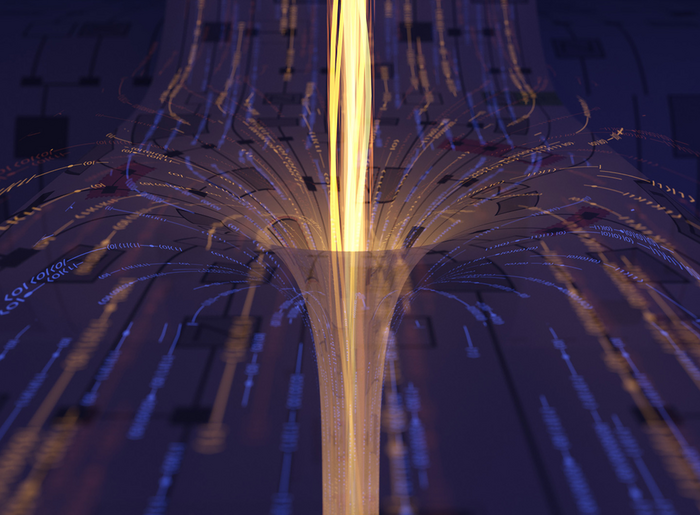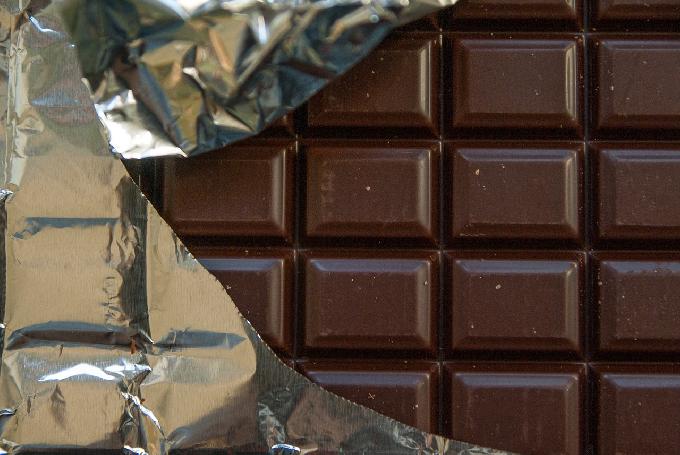NASA’s human Mars mission not only presents challenges of sending humans safely to a farther distance but also to protect crew-members from the harmful space radiations.
At present, astronauts use protective shields made of stainless steel and other materials for their safety. But, transporting these materials from Earth to space is difficult and costly.
Now, scientists have come up with a reliable and effective solution to this issue. Scientists are working on building protective shields out of a radiation-absorbing fungus that grows near the Chernobyl Nuclear Power Plant. In their test on the International Space Station, research scientist discovered that fungus was able to block some cosmic rays.
Researchers cultured the fungi Cladosporium sphaerospermum in a petri dish at ISS for a month. They discovered that a 2 mm layer of fungus Cryptococcus neoformans was able to block and absorb 2% of the cosmic radiations. According to scientists, a layer of about 21 centimetres thick would be enough to keep future Mars settlers safe.
Light and self-healing Armor
The fungi were discovered from the walls of the abandoned Chernobyl nuclear reactor. As the fungus self-replicates and self heals, researchers speculated about weaving some of the material into spacesuit fabric.
Nils Averesch, Stanford co-author of the study, said, “What makes the fungus great is that you only need a few grams to start out, It self-replicates and self-heals, so even if there’s a solar flare that damages the radiation shield significantly, it will be able to grow back in a few days.”







